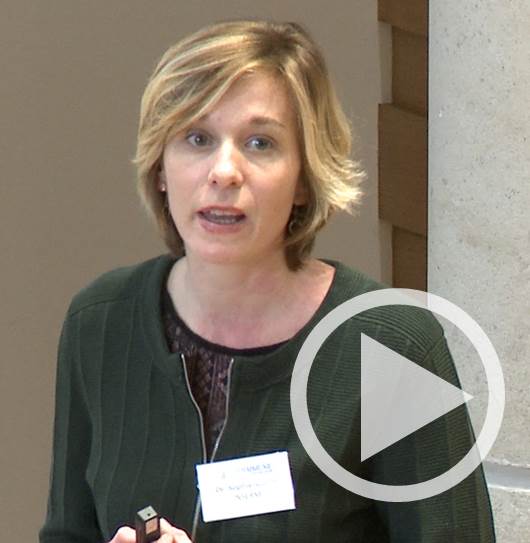Your basket is currently empty!
Analysis of peripheral T cell compartments in high-grade follicular Lymphoma patients treated with rituximab

It is now well established that many tumors are under the surveillance of the host immune system and that anti-tumor adaptive responses are critical for the clinical outcome of patients. One consequence of this paradigm is that monoclonal antibody (mAb) therapy that had been viewed for a long time only as acting through the involvement of innate immunity is now thought to be efficient due to its ability to trigger or reinforce adaptive anti-tumor responses. Notably, reports based on in vivo preclinical models using CD20+ or HER2/neu+ tumor-bearing mice have suggested that anti-CD20 or anti-HER2/neu mAb treatments lead to long-term survival through the induction of adaptive T-cell anti-tumor responses, considered as a “vaccine effect”. 1,2,3,4 Thus, the aim of the present study was to monitor changes in adaptive immune T-cell compartments in peripheral blood from Follicular Lymphoma (FL) patients during anti-CD20 (rituximab, RTX) treatment using multi-parametric phenotyping, transcriptomic and functional analyses. High-grade FL patients (n=30) were enrolled in the study. Blood samples were obtained before treatment (T0), during RTX infusion combined to CHOP chemotherapy regimen (T-R-CHOP), and during RTX maintenance therapy (T-Rm). Multi-parametric flow cytometry analysis underlined profound differences in naive, regulatory and memory T-cell compartments between patients at diagnosis (before therapy) and healthy donors. Furthermore, inhibitory immune checkpoints expressing-T cells were much more frequent in the blood of patients compared to healthy donors. Hierarchical clustering of patients based on the integrative analysis of flow cytometry data showed differential activation status of peripheral T cells among individuals prior to any treatment. Follow-up of blood T-cell compartments by flow cytometry during treatment showed an overall decrease in the percentage of regulatory T cells and T cells expressing inhibitory checkpoints. Several clusters of patients could be defined, according to different parameters analyzed throughout the treatment. Transcriptomic analysis of immune-related genes in 16 patients revealed that 174 genes were significantly differentially expressed between T0 and T-RCHOP, 68 between T-R-CHOP and T-Rm, and 61 between T-Rm and T0, indicating that the major changes occurred during initiation treatment. The frequencies of individuals exhibiting T-cell responses against CMV/Flu/EBV peptides or immunogenic CD20 peptides (defined by in silico, in vitro and in vivo approaches) were similar between patients and healthy donors. However, the intensity of specific T-cell responses was lower in all the patients tested, although these responses appear to be heterogeneous. Overall, T-cell compartments are profoundly affected in patients with high-grade FL prior any treatment. Our data indicate that R-CHOP followed by RTXm modulates T-cell activation status and function in a heterogeneous way among FL patients. The hierarchical clustering of patients based on the phenotypic and functional analysis of T-cell compartments pave the way for the definition of new immune biomarkers correlating with the clinical outcome of patients.
